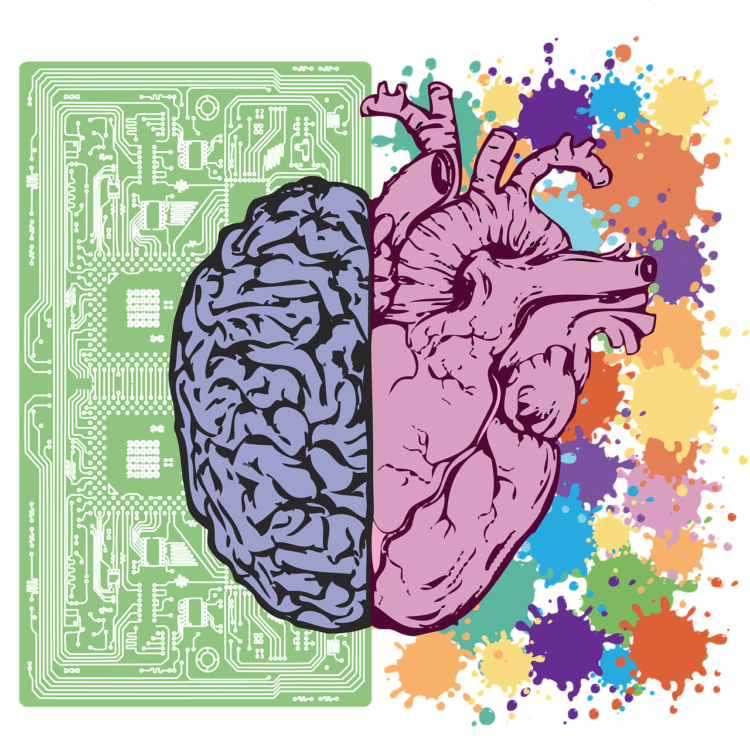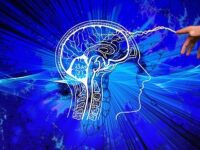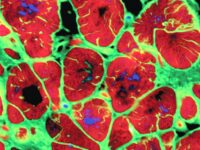Many of us have heard of or learned about the 11 systems that keep the human body functioning, such as the skeletal, muscular, nervous, and cardiovascular systems. Although these systems are made up of distinct tissues and cells, they are not as separate as one might believe. In particular, the nervous system is essential for controlling organ movements, such as those of the heart. The connection between the cardiac and the nervous systems is composed of a neural network that connects the two organs and makes decisions about cardiac function. This neural network might be damaged following brain or heart injury, affecting the functioning of both organs.
Neurons are ubiquitous in the human body, and the places in which they reside are not restricted to sensory locations. There is even a smaller network of neurons that exists within the heart. Achanta et. al. in 2020 created a model of these neurons residing within the heart of a rat. This network of neurons found within the heart is called the intracardiac nervous system (ICN).
Any neural network is made of many different neurons with different phenotypes and functions. Through the application of computational methods to analyze various attributes of these neurons, Achanta et. al. were able to identify different types of neural modulators or regulators in the ICN. The authors of this research paper claim that “determination of the deficits in the ICN that drive cardiovascular pathology can lead to new avenues of therapy not only for patients with heart failure but also with an eye toward preventative approaches, as the transition from health to disease is better understood from the perspective of the ICN.” These neural modulators are important to our understanding of the cardiovascular system because their malfunctioning might result in a specific subset of heart diseases.
Although decisions about controlling heart rate come from higher up in the nervous system (the brain), ultimately these decisions are carried out by neurons surrounding the heart.
The neurons that reside within the heart are a part of the same neural network that bridges the heart and the brain. The different types of neurons create a hierarchy within the network, and Kember et al. theorized in 2013 that this hierarchy can control and regulate various cardiac functions. Although decisions about controlling heart rate come from higher up in the nervous system (the brain), ultimately these decisions are carried out by neurons surrounding the heart.
Building upon their theory that specific groups of neurons control cardiac function, Kember et al. also investigated the neural plasticity of neurons within this network — specifically, “the ability of a neural network to continuously modify the relationship between individual neurons to the effect of changing how heart rate is controlled by the network as a whole.” Neural plasticity can be a potential factor in the neural network’s decisions and how it controls cardiac function.
The researcher’s suggested model of the neural network that composes the heart-brain bridge suggests that neurons don’t act as one pulsating mass that controls the heart. Rather, neurons act individually and come to a consensus that allows the nervous system to interact with the cardiovascular system comprehensively, taking into account numerous variables that encompass cardiac function.
Like all bridges, this neural network that bridges the heart and the brain is prone to damage.
Like all bridges, this neural network that bridges the heart and the brain is prone to damage. Previous studies, such as Leto and Feola’s in 2014, have linked cardiac dysfunction to cognitive dysfunction. One study in particular, conducted by Zou et al. in 2017, sheds light on which brain regions control and monitor specific cardiac processes. The brainstem, hippocampus, insular cortex, and prefrontal cortex are crucial brain regions that connect to the neural bridge between the heart and the brain. Injuries to these parts of the brain can negatively affect cardiac function. For example, injury to the prefrontal cortex of the brain might cause autonomic nerve damage, resulting in loss of heartbeat control via the autonomic nervous system.
Another region of the brain, the insular cortex, is also connected to the autonomic nervous system. Therefore, Zou et al. postulate that damage to this area of the brain will also result in severe consequences for the control of the cardiovascular system, including arrhythmia, disruption in blood pressure, injury to the myocardium (muscles of the heart), and breathing disorders during sleep.
The neural bridge between the brain and the heart is one that is constantly changing, monitoring, and impacting cardiac function.
The neural bridge between the brain and the heart is one that is constantly changing, monitoring, and impacting cardiac function. The interdependency of these two organs are highlighted by the association between cardiac and cognitive dysfunction. Although they are part of two completely different human body systems, they are bridged by a neural network that is crucial to maintaining cardiac function.
Image source: Pixabay






